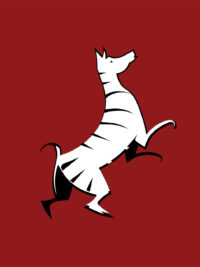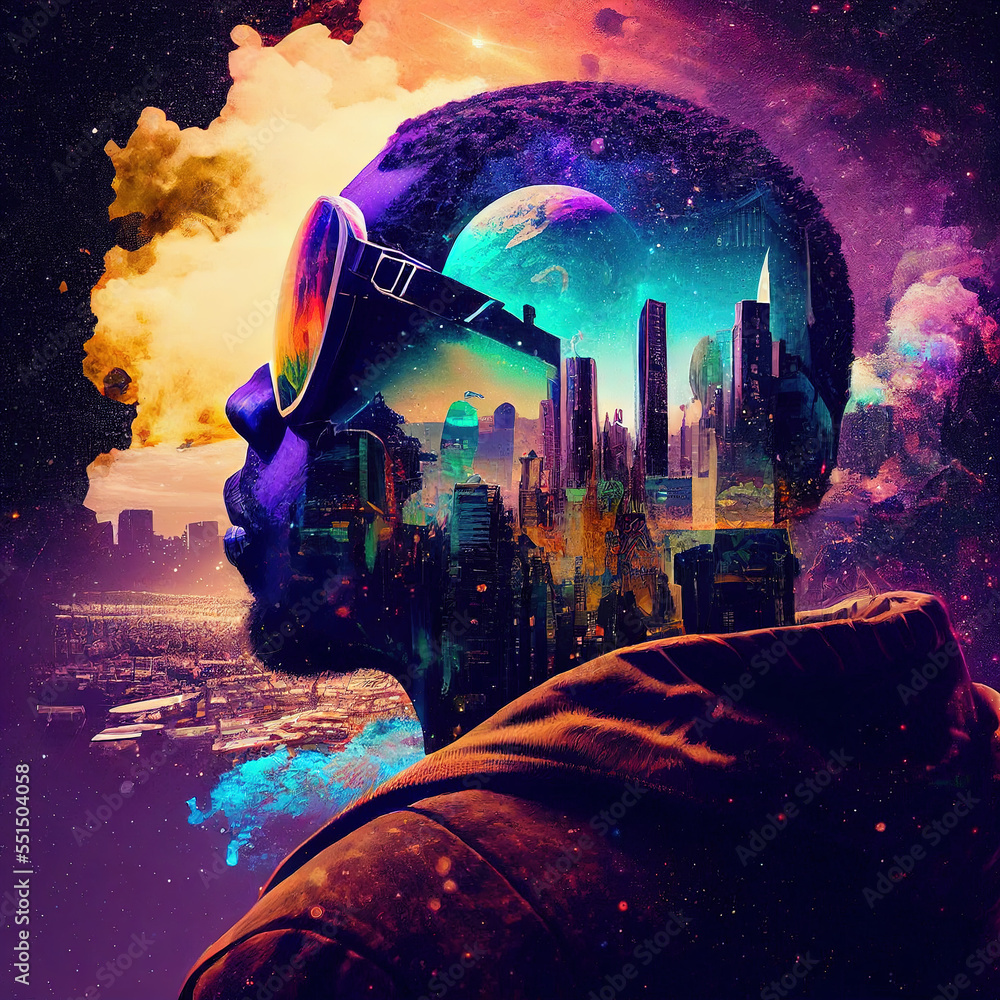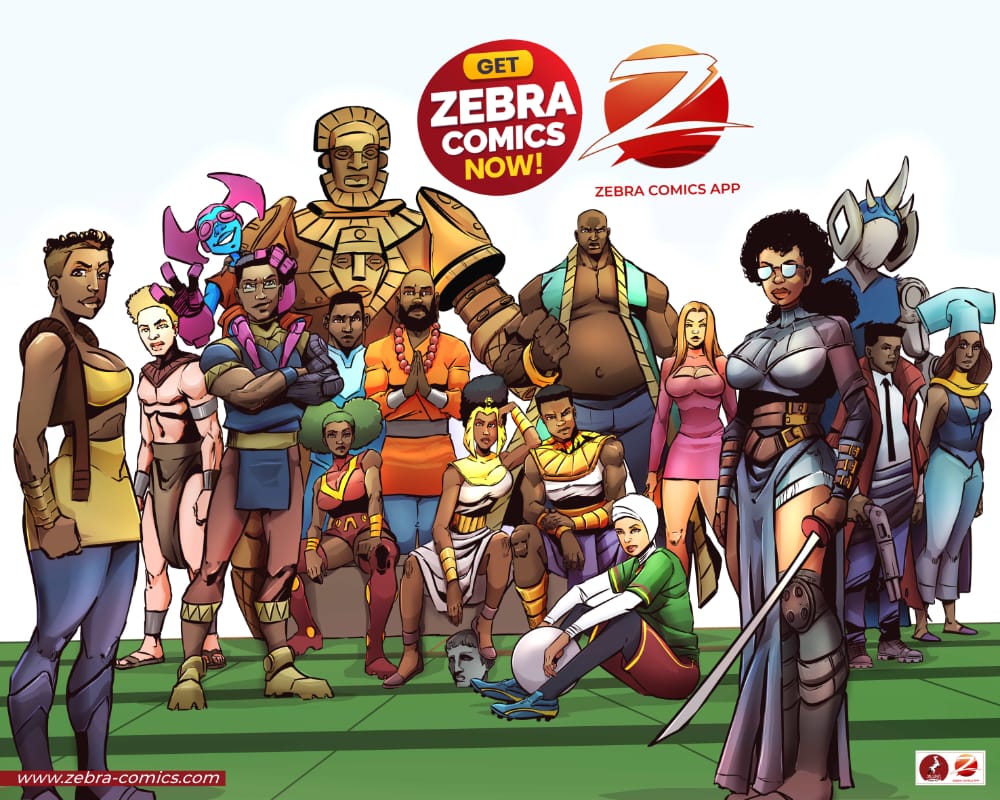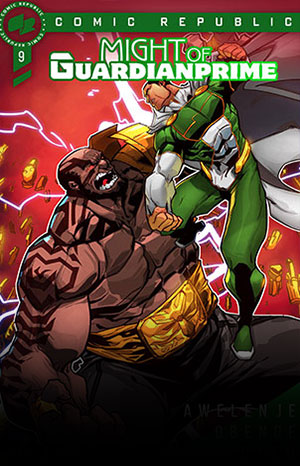It should be clear by now that wondering if there is violence in comics is like wondering if superheroes ever punch villains. Comics are about storytelling, and whoever says storytelling says conflict. Conflict is an essential ingredient for great storytelling. Without conflict, it is difficult or even impossible to enjoy a story. This is because stories usually invite us to go on a journey with a character and witness how he or she succeeds in overcoming, or succumbing to conflict. And conflict can be depicted in so many ways. Fighting, crying, silence and even laughter can be used to depict conflict.
In comics, like any other storytelling medium, conflict plays a central role in engaging readers. Amongst the different ways in which conflict is depicted in comics, violence is certainly the most used. Remember those memorable fights between Batman and Joker, Spider-man and Green Goblin, Rick Grimes and hordes of zombies? Yes, they were epic. But guess what? Those fights were laden with violence that is sometimes not appropriate for younger audiences. However, that does not end there. Those curses in the Saga comic book series and the domestic violence depicted in several slice of life titles are all forms of violence. It is so present in modern day literature as a whole that it is practically impossible to read through anything without seeing some violence somewhere.
So, the question one will certainly ask in the face of this status quo is; why are comic book creators and publishers so interested in violence?
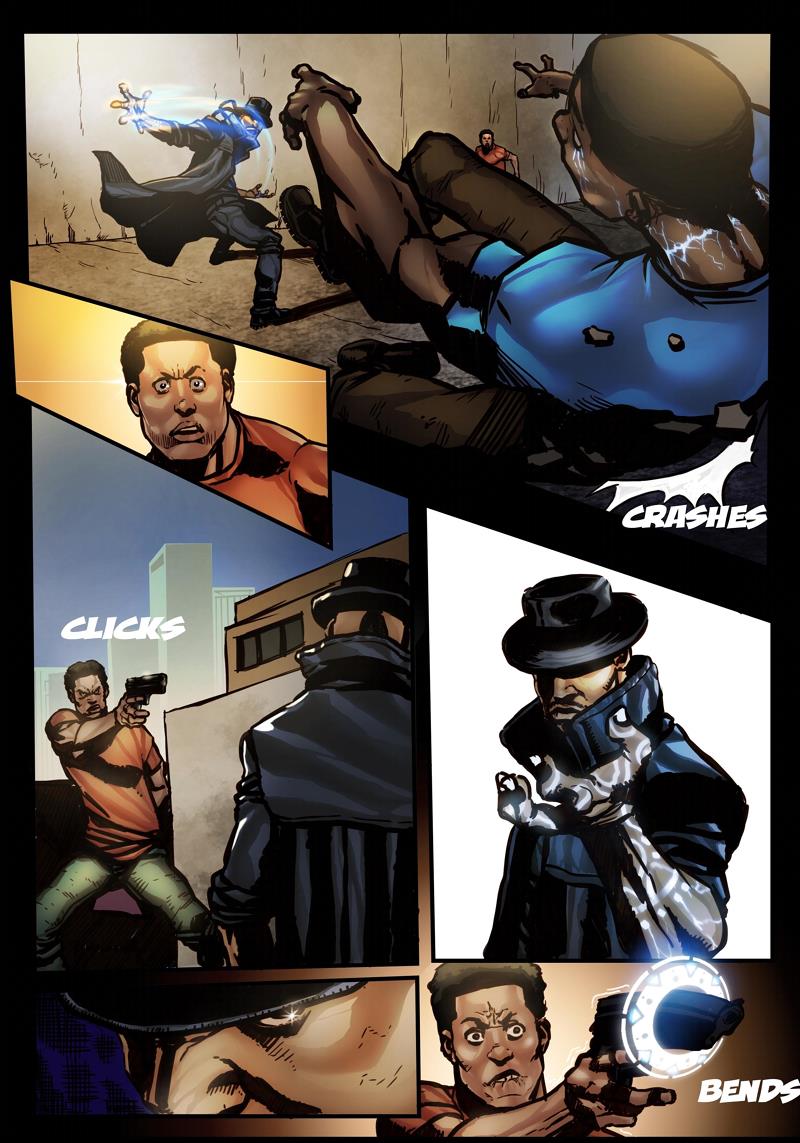
Well, as already insinuated above, violence has been used many times to illustrate conflict. In a war between two or more peoples, just like in The Witcher comics, there aren’t a multitude of ways to show how much these people hate each other than through physical violence. The same can be said for any comic book genre (sci-fi, fantasy, slice of life, romance etc). The violence may be physical (like what we see in all Marvel and DC, Japanese and Franco Belgian comics and/or manga), emotional or domestic, but it is always there. Also, many comics are known for their thrilling action sequences and larger-than-life battles between good and evil which make for great entertainment. Violence, therefore, can be highly entertaining.
The real issue here is how much violence creators and publishers expose their readers to. If we had to organize an award for the most violent comics in the world today, titles like Crossed, Berserk, The Walking Dead, Kick-Ass, The Laughing Vampire, God is dead, Punisher Max, Fetus Collection, Sin City, Judge Dredd, The Kurosagi Corpse Delivery Service, Evil Ernie Vs Superheroes, Spawn, Homunculus and Invincible will certainly go home with the highest number of awards. These titles clearly take the violence game in comics a little too far and so younger audiences should clearly ignore these if they ever come across them.
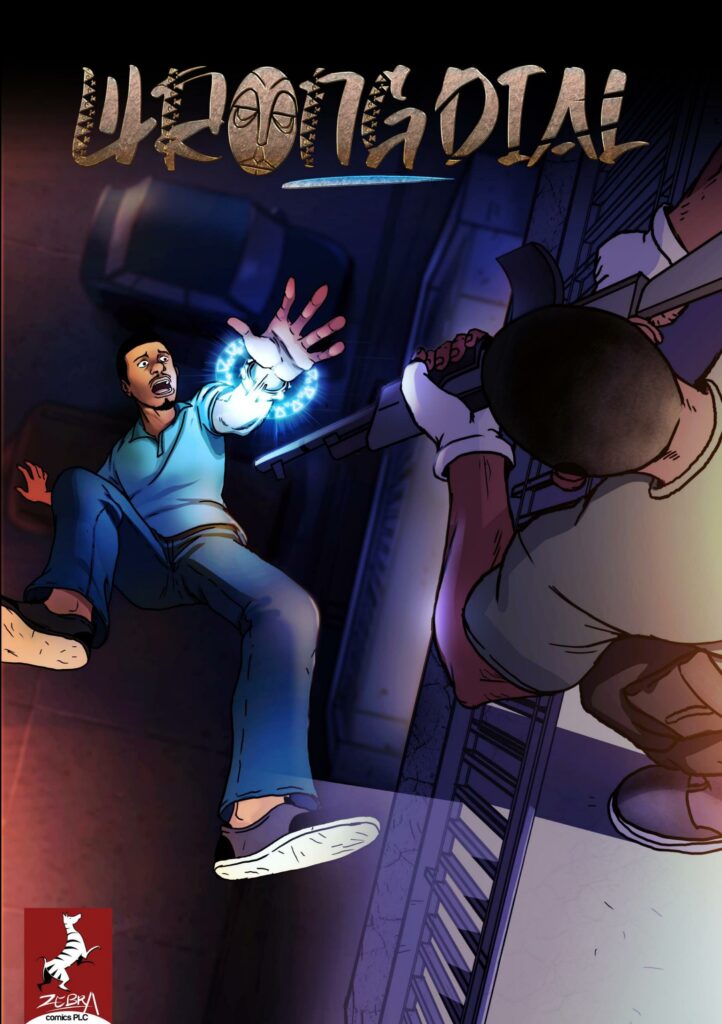
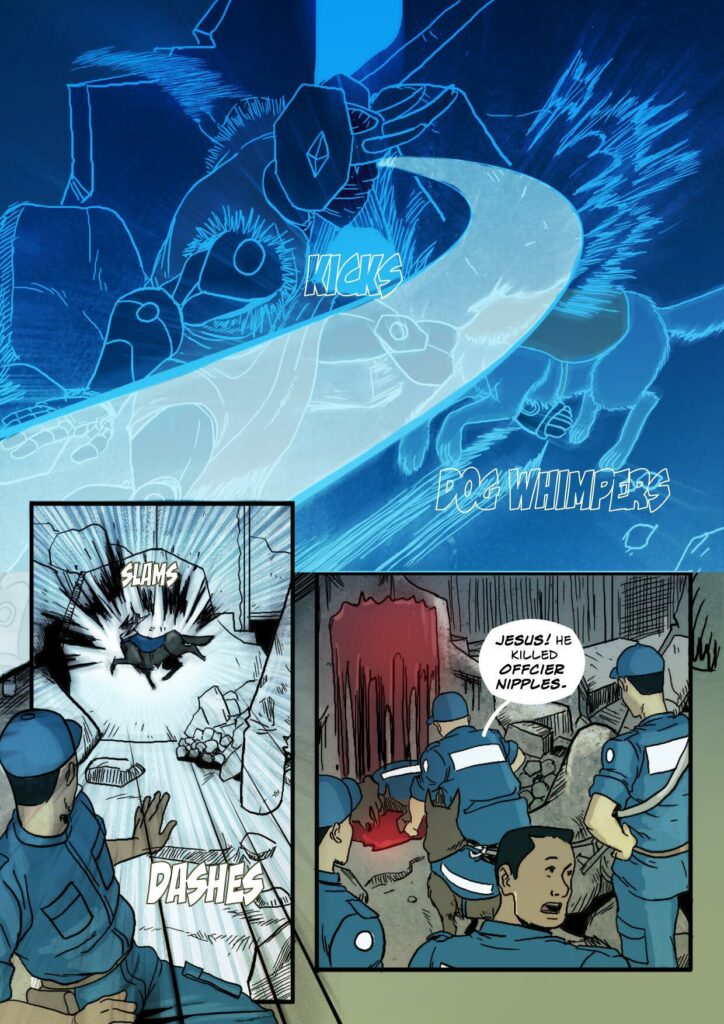
Let’s be fair, many comic book publishers take great care to ensure the safety of their readers by limiting how much graphic content they allow in each issue. For example, most mainstream superhero titles contain minimal amounts of blood or gore with no explicit language or nudity included at all. In addition to this self-regulation from within the industry, parents can also help protect children by monitoring what comics they read and ensuring appropriate age restrictions are followed when purchasing material online or at local stores. So, yes, there is violence in those books with pictures and speech bubbles but anyone can be spared any of that if they follow the restrictive signs already put in place by publishers and book store owners.
In African comics, the use of violence is very present. Just like in the productions of their Western and Eastern counterparts, African comics creators have utilized violence to develop plot and to create highly entertaining products. Also, when one looks at the African continent today, there is no shortage of inspiration when it comes to violence. The different armed conflicts and even domestic conflicts on the continent today are fertile grounds from where to draw inspiration. Good examples can be seen in the African comics titles, Moi, Antibalaka, Le cauchemar d’Obi, T’zee, Barikisu and Wrong Dial. These African comics treat violence which is smeared deeply in politics, painting an accurate picture of what usually transpires on the African continent. At the same time, there are African comics which use violence as a tool for good. Most superhero comics, crime comics and even slice of life comics depict violence, but this violence is used solely for the purposes of bringing evil forces to book. Good examples here include Anaki, Jemiro, Guardian Prime Genesis, Boxsa, Lake of Tears, Jember, Kwezi, Strike Guard, Retrograde and Kush.
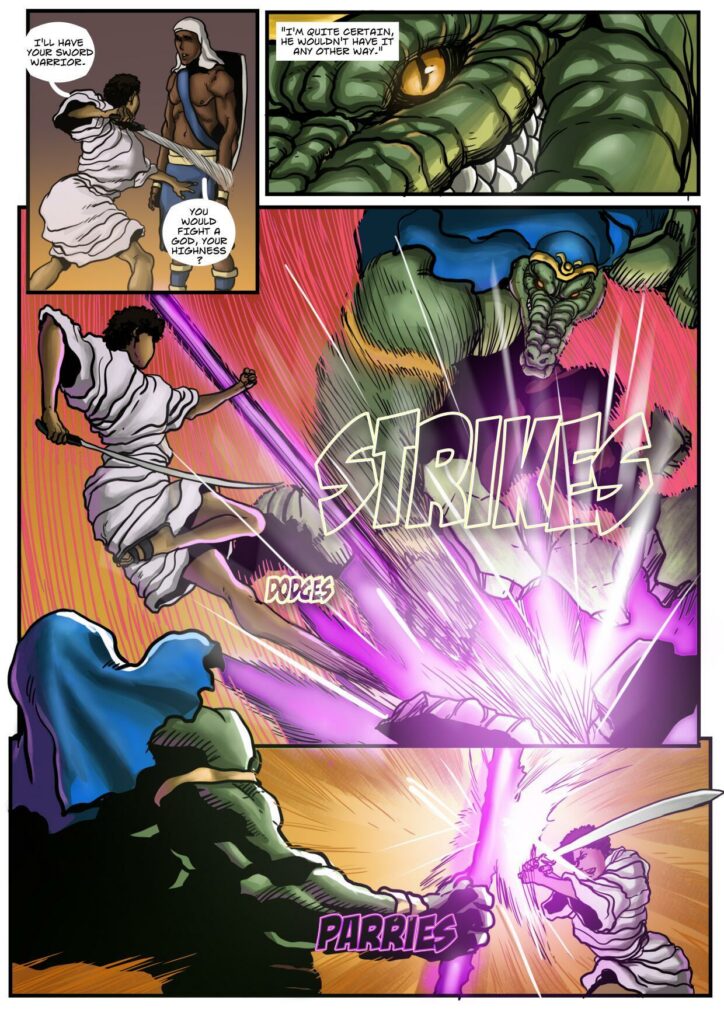
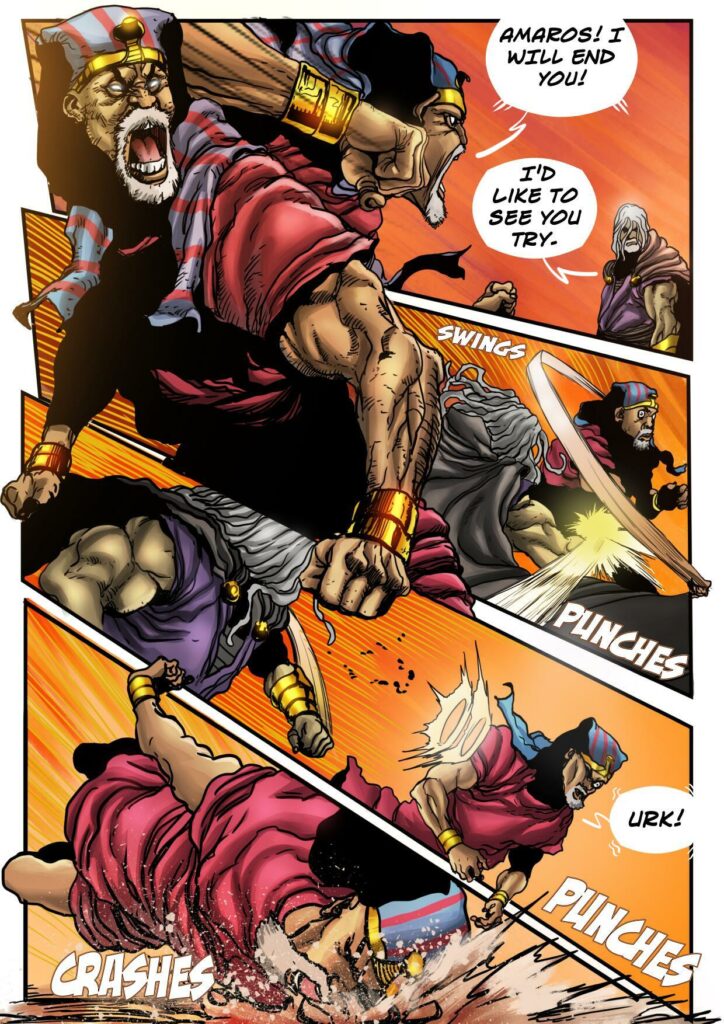
The good thing, as far as African comics are concerned, is that the use of violence hasn’t yet gotten to nefarious extents. Violence in African comics is generally just a device used to tell beautiful stories and to criticize the not-so-good things that happen around us. It is mild and is mostly used to entertain audiences. This is particularly applaudable, given that a great majority of comic book readers are kids and young adults whose minds are not yet ready to consume content which is violent or explicit in nature.
At its core, comic books provide a safe space where fans can explore different aspects of human nature without actually experiencing them firsthand – including acts such as violence which exist both inside and outside our fictional universes alike. This violence, if not properly portrayed, can be damaging to anyone. However, the good news is that as long as we continue to monitor what we consume responsibly, there should be absolutely nothing to fear when enjoying this unique artform.
